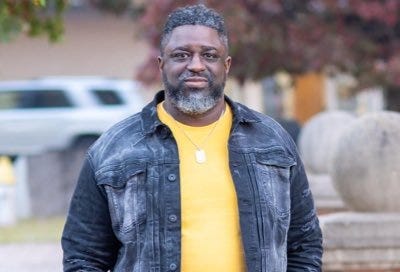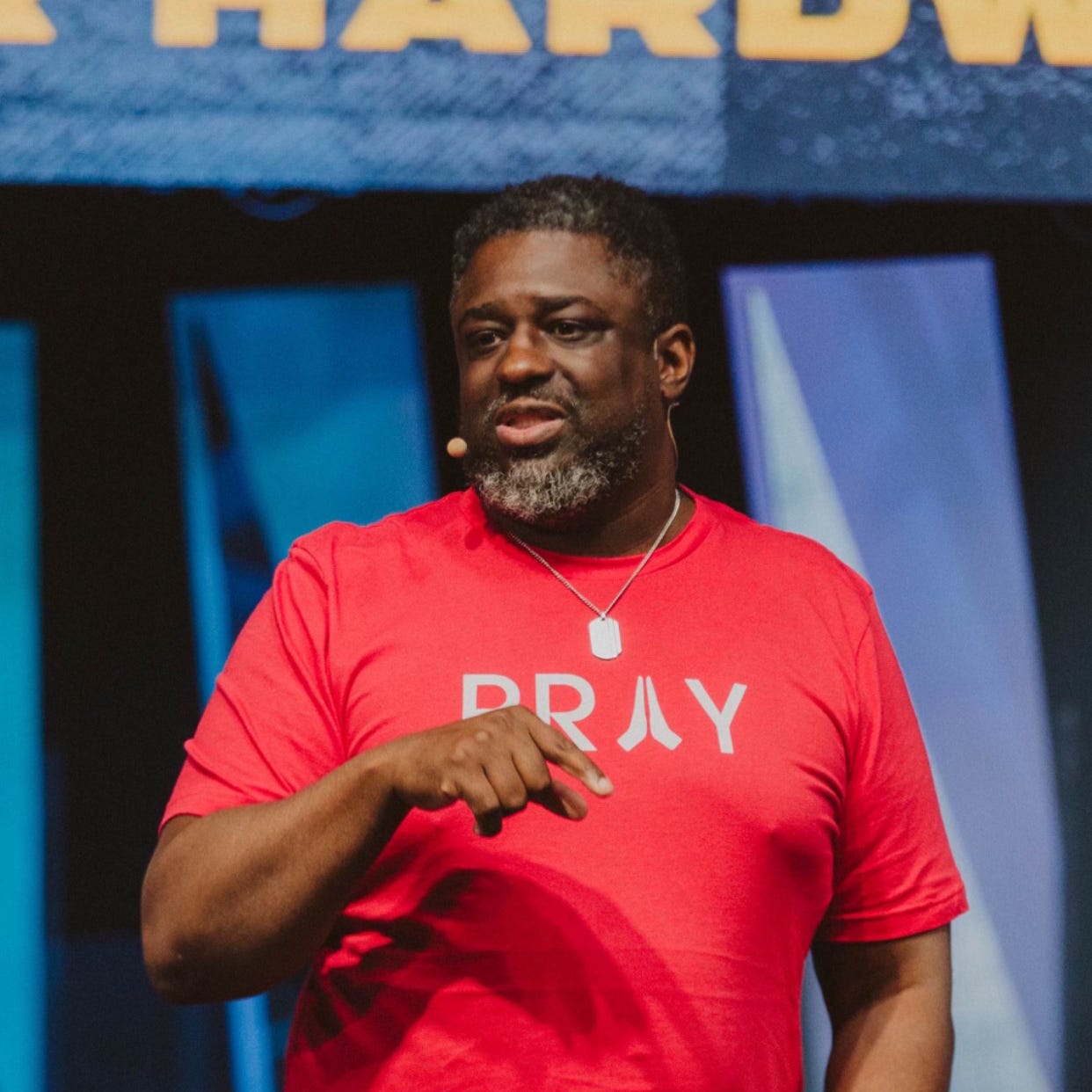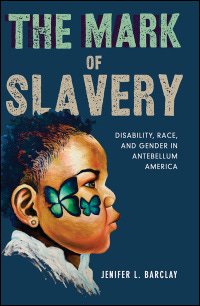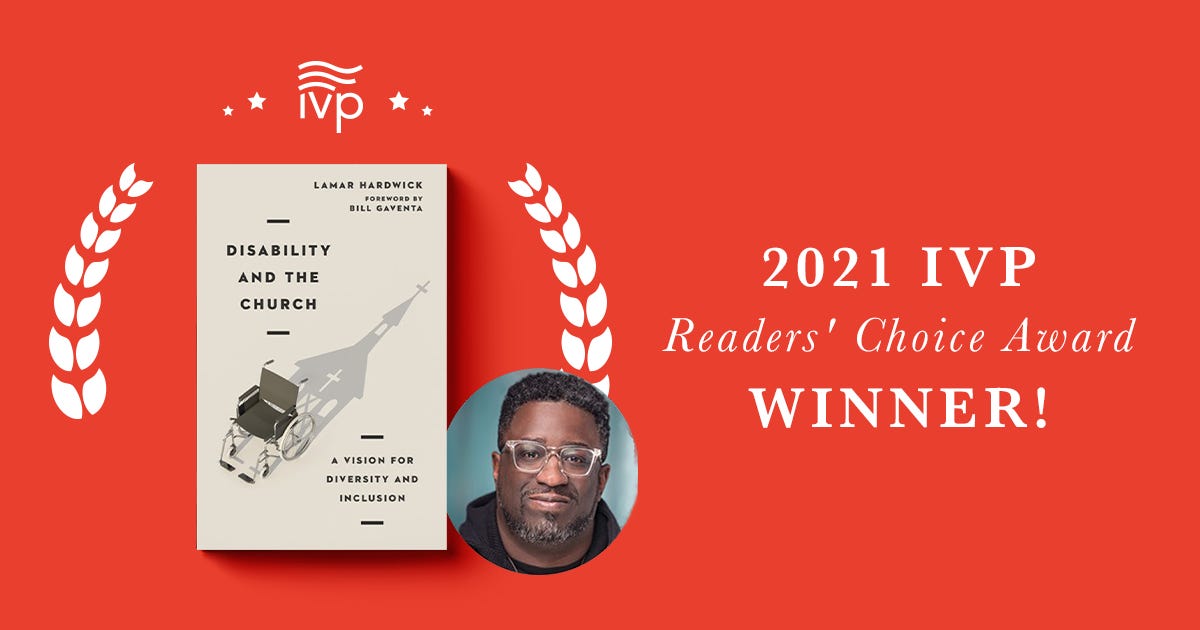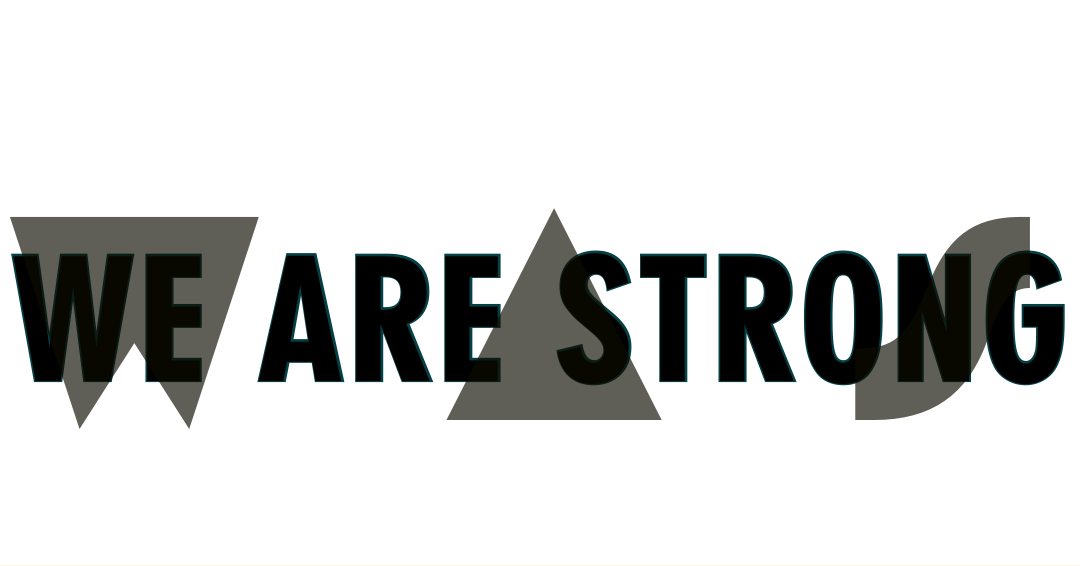I have exciting news to share: You can now read Autism Pastor Press in the new Substack app for iPhone.
With the app, you’ll have a dedicated Inbox for my Substack and any others you subscribe to. New posts will never get lost in your email filters or stuck in spam. Longer posts will never cut off by your email app. Comments and rich media will all work seamlessly. Overall, it’s a big upgrade to the reading experience.
The Substack app is currently available for iOS. If you don’t have an Apple device, you can join the Android waitlist here.
Last week I introduced you to a book that I’ve been reading that has aided me in my research on the intersection of disability and race. Be sure to check out last week’s newsletter.
Here’s the link to the book.
The Mark of Slavery: Disability, Race, And Gender in Antebellum America.
Chapter four of the book is named after the now infamously published defense of slavery by George Fitzhugh. Cannibals All! or Slaves without Masters, argues that slavery is in fact humane when considered over and against the free labor system of the North (95). Barclay writes, “Fitzhugh’s strategic use of the “disabled slave” illuminates the political efficacy of discursively linking disability with blackness to mobilize political support for slavery, a practice that substituted representation for reality and flattened the contours of disabled people’s diverse experiences” (96).
Dr. Barclay strategically presents these ideas throughout the book and in chapter four she addresses the three primary ways that disability and blackness were linked in efforts to influence the institution of slavery. Chapter four of The Mark of Slavery is entitled Cannibals All!: The Politics of Slavery, Ableism, And White Supremacy.
Last week I gave a brief review of the first of the three sections of chapter four. This week I will provide a brief overview of the final two sections of this important chapter. In next week’s newsletter, I’ll provide an analysis of Fitzhugh’s use of disability imagery in relation to Blackness.
“Conquer the Monster in His Infancy”: Disability, Sentimentality, and Radical Abolitionism
In this section, the author addresses the abolitionist movement and the approach used to argue against the merits of racial slavery in the United States. Similarly, to the pro-slavery advocates, the abolitionist movement was also influenced by religion. Abolitionist thought is believed to have been influenced by the 2nd Great Awakening and the religious revivalism that spanned the 18th century and lasted until the mid-1840s (107).
Abolitionists were also guided by a Christian ethos of benevolence and charity. Those views also produced perspectives about disability that were equal to, and in some cases more damaging than, the religious views that motivated proponents of racial slavery. For many abolitionists, people with disabilities were thought of and portrayed as “suffering humans trapped within defective bodies” (107).
Abolitionists often used sentimentalized depictions of disability as a means of communicating slavery as an institution that served as the source of disability. In this way, abolitionists also linked blackness to disability in harmful ways. Rhetoric employed by abolitionists also created images of enslaved as dependent due to disability and therefore unable to be the benefactors of their own labor. In addition, many abolitionists used disability language to rouse white sympathy as well as framing disability as a problem that could be remedied through education and training (108).
The author further shares that the abolitionist movement used disability imagery as a way to describe the impact that the institution of slavery had on the nation as a whole. They often described the institution of slavery as “monstrous”, a term closely associated with descriptions of the disabled. Individual proponents of racial slavery were also described as living in a state of “frantic rage” or “insane anger” along with other terms otherwise used to describe persons with intellectual disabilities (115). Barclay writes, “The language that abolitionists deployed in their portrayals of slaveholders and slavery affirm that alongside their patronizing but charitable view of disability, they also possessed a more sinister revulsion to those perceived as deformed” (115).
“The Secret of Maters Cruelty”: Disability in Fugitive Slave Narratives
In this third and final section of the chapter, the author engages the use of disability imagery in a particular genre of writing known as slave narratives. Slave narratives were often first-person accounts of slavery written by former victims of racial slavery, particularly in the South.
Slave narratives were an important part of the strategy to combat racial slavery and the narratives often provided detailed accounts of the gruesome physically disabling conditions of slavery that were common experiences for enslaved Africans in America (Barclay 116). Dr. Barclay shares that although slave narratives were first-person accounts of slavery, they still more often than not, made a direct link with disability as did both the pro-slavery and abolitionist movements. Dr. Barclay writes:
Slave narratives references to disability and disabled people sometimes reaffirmed prevailing negative views (i.e., that brutal punishment reduced healthy, “normal people to useless invalids or cripples). In other cases, they suggested an understanding of disability unique from those held by most whites. Stressing that disabled individuals were invaluable members of enslaved families and communities, slave narratives portrayed them not as liabilities but assets and their poor treatment at the hands of slaveholders as particularly egregious. (116).
The author’s depiction of the use of slave narratives and the connection between disability and blackness mirrors much of the discussion between the pro-slavery and abolitionists, however, the author does seem to imply that in the case of the fugitive slave narratives, the use of disability imagery and the inadvertent connections to blackness, tended to be far less intentional although ultimately yielding similar results.
Order your copy of my award-winning book Disability and The Church
Saturday, March 26, 2022. I’ll be presenting at Faith & Science: A BioLogos Conference. Virtual tickets are still available at a name your own price special.
Friday, April 29th, and Saturday, April 30th I’ll be speaking at IFL2022 in Cleveland Ohio. You can register for the conference here.
Coming Soon. W.A.S. Wear-Urban Fashion for The Disability Community

